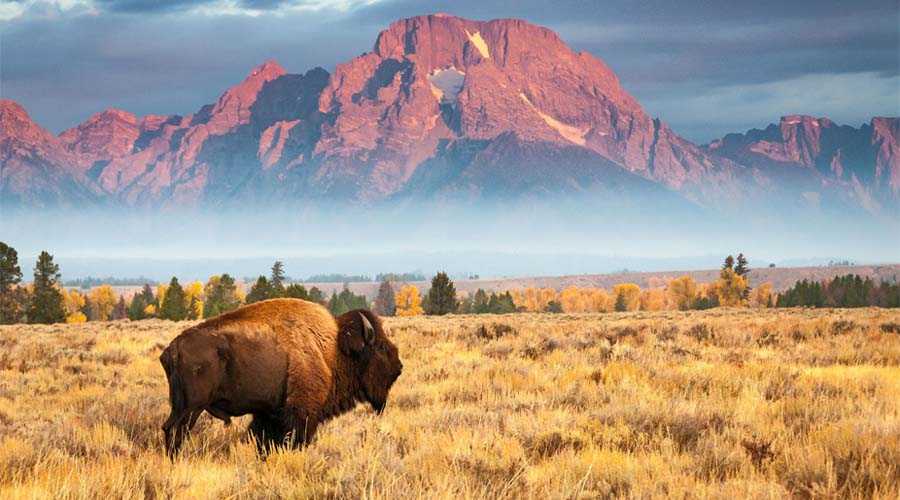Dudhwa National Park, located in the Terai region of Uttar Pradesh near the Indo-Nepal border, is a vital sanctuary preserving a rich diversity of wildlife species. It spans approximately 811 square kilometers of marshes, grasslands, and dense Sal forests, making it an ideal habitat for over 38 mammal species, 16 reptile species, and more than 450 species of birds. The park is part of the larger Dudhwa Tiger Reserve and is renowned for its conservation successes, especially in protecting rare species like the one-horned rhinoceros and swamp deer (barasingha).
Diverse Mammal Species
Dudhwa is home to some of the most iconic wildlife of the Indian subcontinent. Among the large mammals, the Bengal tiger and Indian leopard are flagship predators, though spotting them can be challenging due to the dense vegetation. The park is also known for the Indian rhinoceros, which was successfully reintroduced from Assam and Nepal in the mid-1980s after local extinction caused by poaching. The rhino population has steadily grown, with over 40 individuals recorded in recent years.
Another key highlight is the swamp deer or barasingha — Dudhwa shelters about half the world’s population of this species. Other deer species thriving here include sambar, spotted deer (chital), barking deer, and hog deer. Elephants, sloth bears, wild boars, rhesus monkeys, langurs, porcupines, and otters also form important components of the mammalian fauna. The park has witnessed successes in increasing these populations through conservation and anti-poaching efforts.
Reptiles, Amphibians, and Aquatic Life
The park’s wetland ecosystem supports a variety of reptile species, including crocodiles, gharials, Indian tent turtles, soft-shelled turtles, pythons, monitor lizards, and terrapins. The rivers and lakes within the park attract aquatic animals and fish, adding to its biodiversity richness. The presence of rare amphibians and rich insect fauna like butterflies further enhance the ecological complexity of the park.
Avian Diversity
Dudhwa National Park is a paradise for bird watchers, hosting over 450 bird species, both resident and migratory. This represents about one-third of the bird species found in India, a remarkable figure that highlights the park’s ecological importance. Among the celebrated birds are the Bengal florican, swamp francolin, great slaty woodpecker, painted stork, sarus crane, hornbills, kingfishers, bee-eaters, and various species of owls and raptors. Migratory birds arrive here from September to March, making its water bodies vibrant habitats during the winter months.
Conservation and Ecological Significance
Dudhwa plays a crucial role in maintaining the Terai ecosystem’s balance, harboring not only charismatic megafauna but also lesser-known endangered species like the hispid hare, rediscovered here after being presumed extinct. The park is part of a larger tiger reserve network, connected by corridors to other protected areas like Kishanpur Wildlife Sanctuary and Katerniaghat Wildlife Sanctuary, facilitating wildlife movement and genetic flow.
The reintroduction programs for rhinos and successful hand-rearing and release of tigers and leopards have been significant conservation milestones. These efforts underscore the commitment to wildlife preservation and ecological restoration, making Dudhwa a model for conservation initiatives in India.
Visitor Experience and Wildlife Watching
While large carnivores such as tigers and leopards are elusive, visitors often enjoy sightings of herbivores like deer, elephants, and rhinos, especially on elephant safaris. The thick forests and wetlands provide a rich and serene backdrop for experiencing wildlife in their natural habitat. Bird watchers particularly relish the opportunity to observe rare and diverse avian species, making Dudhwa a top choice for eco-tourism among nature enthusiasts seeking less crowded wildlife destinations in India.
In conclusion, Dudhwa National Park stands out as a jewel of biodiversity with its remarkable assemblage of wildlife, especially its key species like the one-horned rhinoceros, Bengal tiger, and swamp deer. Its extensive range of mammals, reptiles, and birds, coupled with dedicated conservation efforts and ecological significance within the Terai landscape, make it a critical sanctuary that continues to contribute to India’s wildlife heritage and conservation successes.


